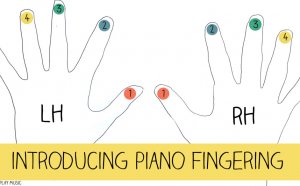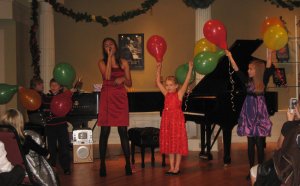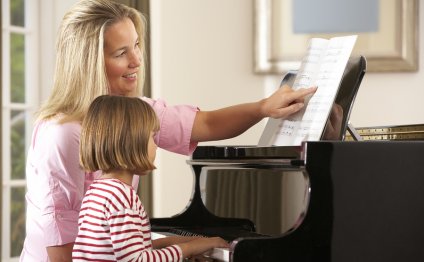
First Piano lesson Plan
This article is for teachers of young beginners on piano who need lesson plan ideas. General thoughts included here work especially well for the first 3 months of study, which is when a routine and familiarity is established with the instrument.
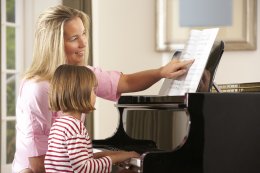
For young beginners, piano study is a great way to begin music lessons, and the piano can function as a gateway to other instruments. Some teachers, though, may find the 4, 5, and 6 year old age group a difficult one to approach, as the lessons must be conducted a bit differently to accommodate the fact that students are still learning to read, do not have fully refined fine motor skills, and need lessons to meet their attention span.
So say you are a piano teacher starting with a young beginner and want some ideas on how to make the lessons successful and meet the needs of this age group. Never fear! I have included some tips and advice on how to develop your lesson plans at a great pace and keep enthusiasm levels high—for both yourself and the student.
What books should I use?
In advising other teachers on what methods work best for 4, 5 and 6 year olds, my go-tos are the “My First Piano Adventure” books by Faber and the “Music for Little Mozarts” series by Alfred. Both methods are excellent resources, but I am partial to the Faber books as a necessary part of the curriculum, and I’d make sure to introduce the Lesson Book A and Writing Book A as a first step. If you would like to incorporate the Lesson Book of the Alfred series in conjunction with the Faber books as an added resource, I think that’s a great idea, as one or the other may resonate better with an individual student, and variety is always great for young beginners.
One of the reasons I really enjoy the Faber series is that games and interactive exercises in the first several lessons are included, and these can always be explored over and over. An example is the “Stone on the Mountain” interactive exercise that gets students ready to play by establishing a correct hand shape. Another is the improvised duet at the very beginning of the book—I actually warm up with this for the first 3 months of study with all young students.
Keep it Moving!
Let’s get into the mindset of a 5 year old. It’s really tough to sit still, everything is new and exciting, and you want to bounce around from one new thing to another. As teachers, we have to understand that working in a concentrated way for even 10 minutes on the same song can get really boring. This is where the creativity of the teacher needs to come in. Don’t let the lesson get stale and uninteresting by not moving on to something else. In your lessons, try to focus on one component of a song or exercise as the goal for that week. For example, if a hand position is tough for a student to find or establish, make the lesson on that song just mastering the placement of the hands for that week. If the student needs a practice assignment based around this, it’s just to go to the piano, place hands correctly, and that’s it! Now the key to making this successful, though, is that there needs to be many songs and exercises that are used in one lesson…which brings me to my next point….
Repeat, Repeat, Repeat!
In piano lessons for an 8 or 9 year old, most often, a student masters an assignment, and you move on to the next. I strongly advise against this pace for a young beginner. I think having a collection of songs that are mastered and in progress to review each week makes the lessons much more fun for the student, because as they are learning new things, they are still able to play songs with which they are very comfortable. This contributes to positive self-esteem about their playing ability and makes the lessons more fun! An added bonus for the teacher is that accompaniment can be added, you can work on technique, and you can have a collection of favorites for them to share with their family. Feel free to take a slow pace with adding new songs, especially in the very beginning, and review the first 5 songs many times before moving on. After a few months, this process won’t be needed as much, and a normal flow with new songs can be incorporated.
Also, having songs that are familiar to play helps students develop fine motor skills through repetition, and they will be much more likely to practice a song they understand when sitting down at the instrument.
YOU MIGHT ALSO LIKE

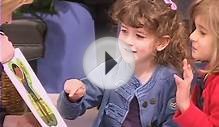
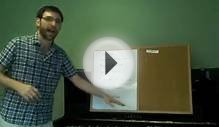
Share this Post
Related posts
First piano lessons for Kids
First Piano Lessons Animal Memory Game There are many methods to help learn piano notes but this way is easy and children…
Read MorePiano lessons Plano
Hey There! My name is Ryan B. I play and teach guitar, bass and drums, and piano and would love to teach you or help you…
Read More
